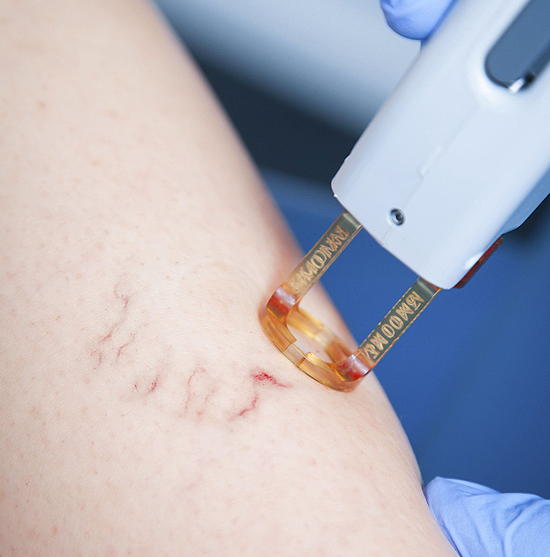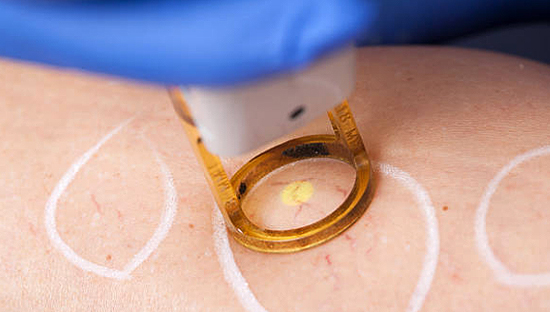Spider veins occur when an area of tiny blood vessels widens and causes thread-like red lines or patterns on your skin. They’re most commonly found on lips, nose, eyes, fingers, cheeks, legs and feet. They form gradually and often in clusters. They’re called spider veins due to their web-like appearance. Their “big brothers,” so to speak, are reticular veins. Reticular veins are larger, usually measuring two to three millimeters across.
Sometimes, when you’re wondering how to get rid of spider veins, especially when they appear on your face or hands, you may worsen the problem by using certain beauty products, such as abrasive soaps or sponges, that irritate your skin. You may not have any painful symptoms, but still want to pursue spider vein removal because of their unsightly appearance. In Manhattan, you’ve found the best vein doctor vein specialist in Dr. Susan Bard.



